Observing gravitational-wave memory may help physicists test general relativity predictions about large-scale symmetries in the fabric of spacetime.
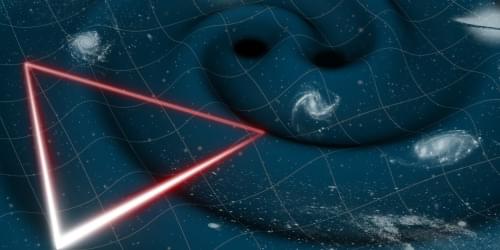


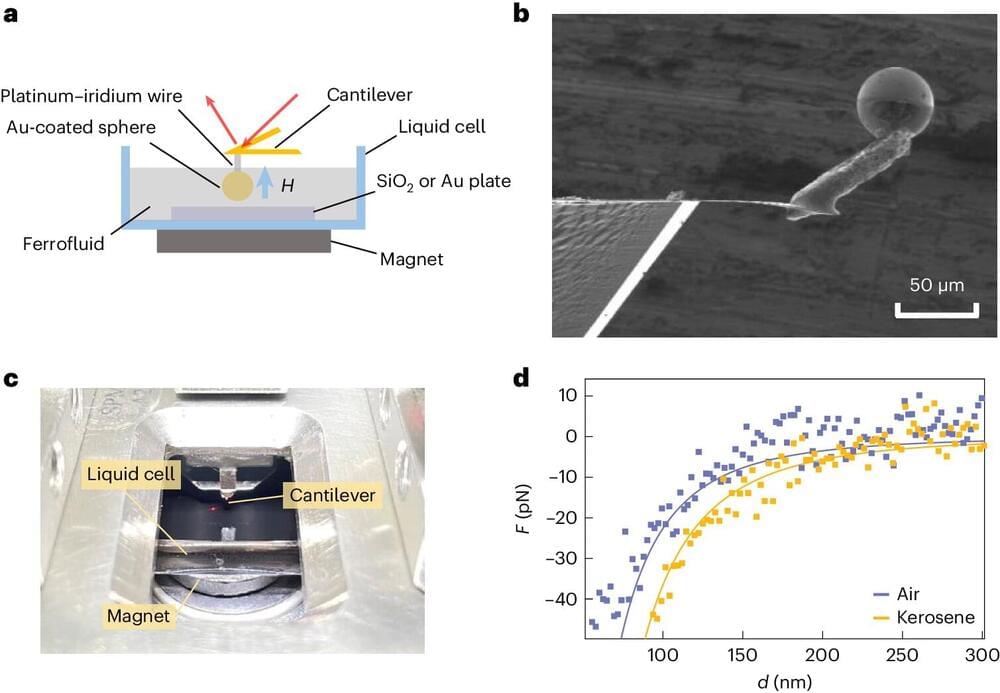
Research teams led by Prof. Zeng Changgan and Zhang Hui from the Hefei National Laboratory for Physical Sciences at the Microscale, the University of Science and Technology of China (USTC) of the Chinese Academy of Sciences have achieved a reversible transition from the Casimir attraction to repulsion under magnetic field control by using a magnetic fluid as an intermediate medium. Their study is published in Nature Physics.
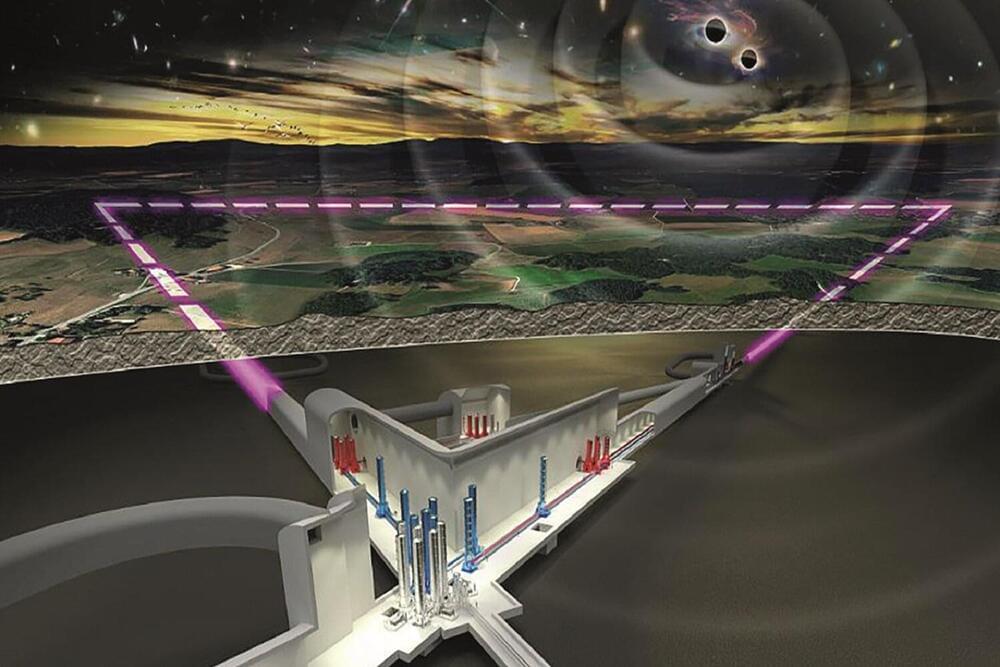
It’s still just a plan, but a new telescope could soon be measuring gravitational waves. Gravitational waves are something like the sound waves of the universe. They are created, for example, when black holes or neutron stars collide.
The future gravitational wave detector, the Einstein Telescope, will use the latest laser technology to better understand these waves and, thus, our universe. One possible location for the construction of this telescope is the border triangle of Germany, Belgium and the Netherlands.
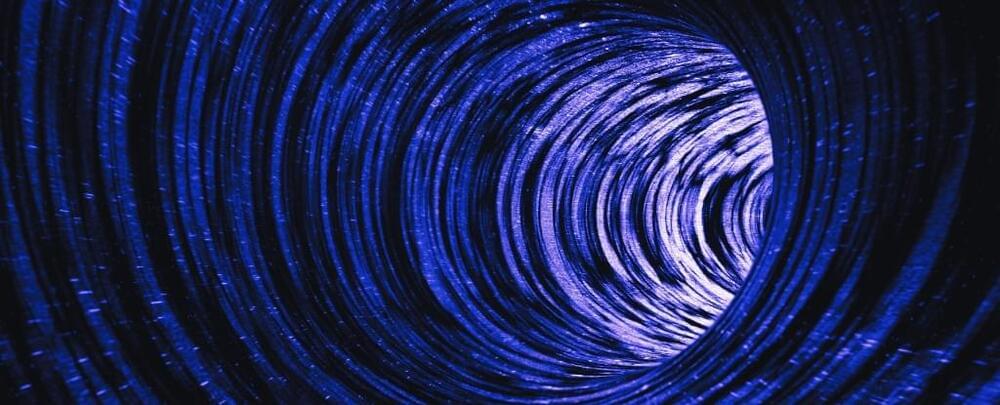
What is gravity without mass? Both Newton’s revolutionary laws describing its universal effect and Einstein’s proposal of a dimpled spacetime, we’ve thought of gravity as exclusively within the domain of matter.
Now a wild new study suggesting that gravity can exist without mass, conveniently eliminating the need for one of the most elusive substances in our Universe: dark matter.
Dark matter is a hypothetical, invisible mass thought to make up 85 percent of the Universe’s total bulk. Originally devised to account for galaxies holding together under high speed rotation, it has yet to be directly observed, leading physicists to propose all sorts of out-there ideas to avoid invoking this elusive material as a way to plug the holes in current theories.

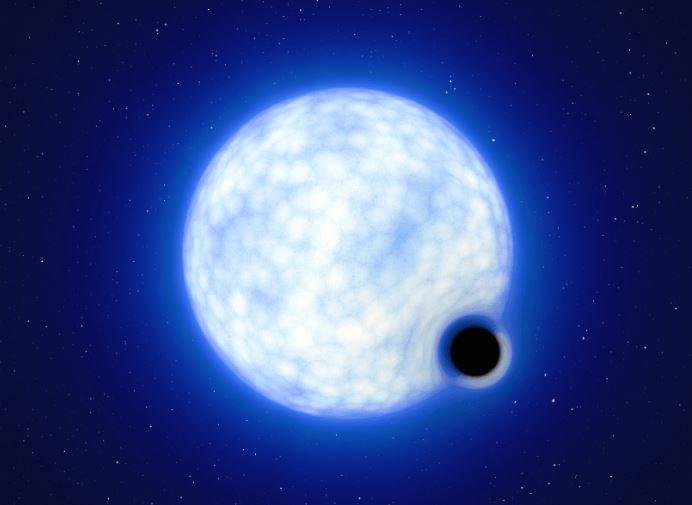
University of Copenhagen astrophysicists help explain a mysterious phenomenon, whereby stars suddenly vanish from the night sky. Their study of an unusual binary star system has resulted in convincing evidence that massive stars can completely collapse and become black holes without a supernova explosion.
One day, the star at the center of our own solar system, the Sun, will begin to expand until it engulfs Earth. It will then become increasingly unstable until it eventually contracts into a small and dense object known as a white dwarf.
However, if the Sun were of a weight class roughly eight times greater or more, it would probably go out with a huge bang — as a supernova. Its collapse would culminate into an explosion, ejecting energy and mass into space with enormous force, prior to leaving behind a neutron star or a black hole in its wake.
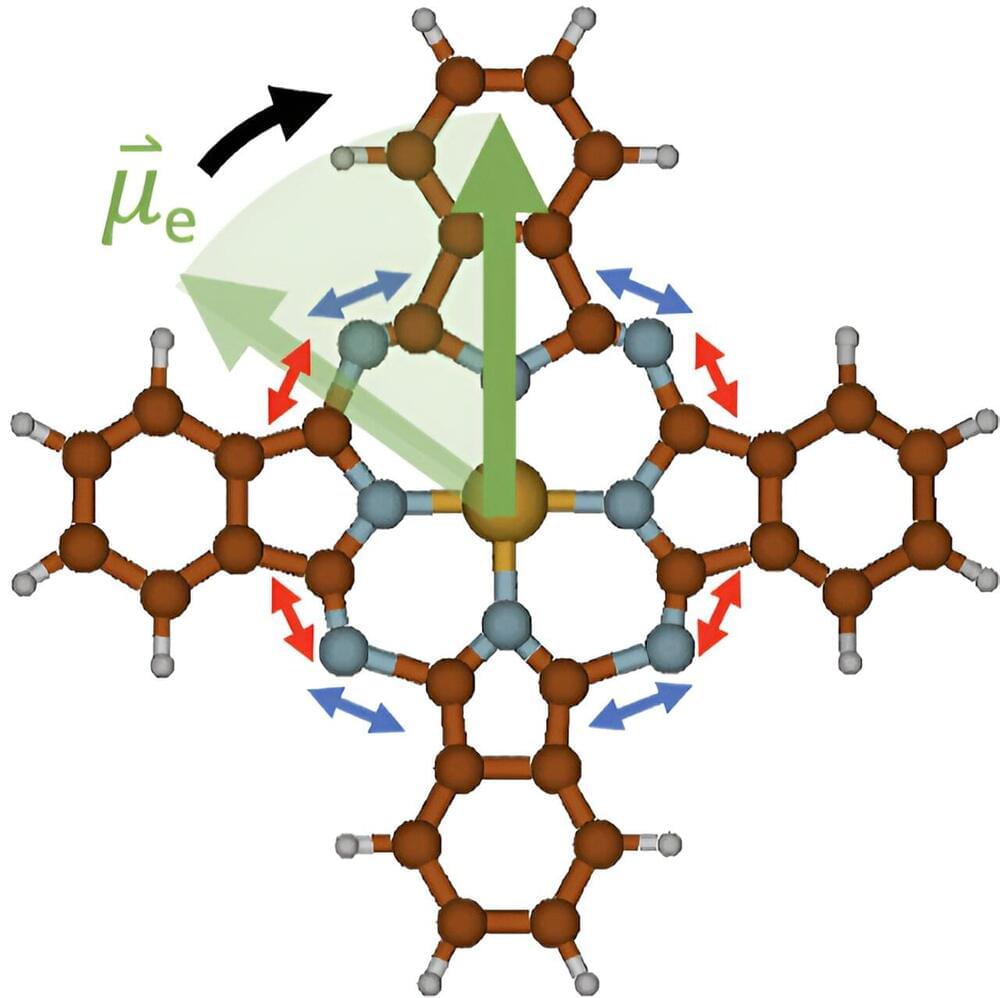
When molecules are irradiated with infrared light, they begin to vibrate due to the energy supply. For Andreas Hauser from the Institute of Experimental Physics at Graz University of Technology (TU Graz), this well-known phenomenon was the starting point for considering whether these oscillations could also be used to generate magnetic fields.
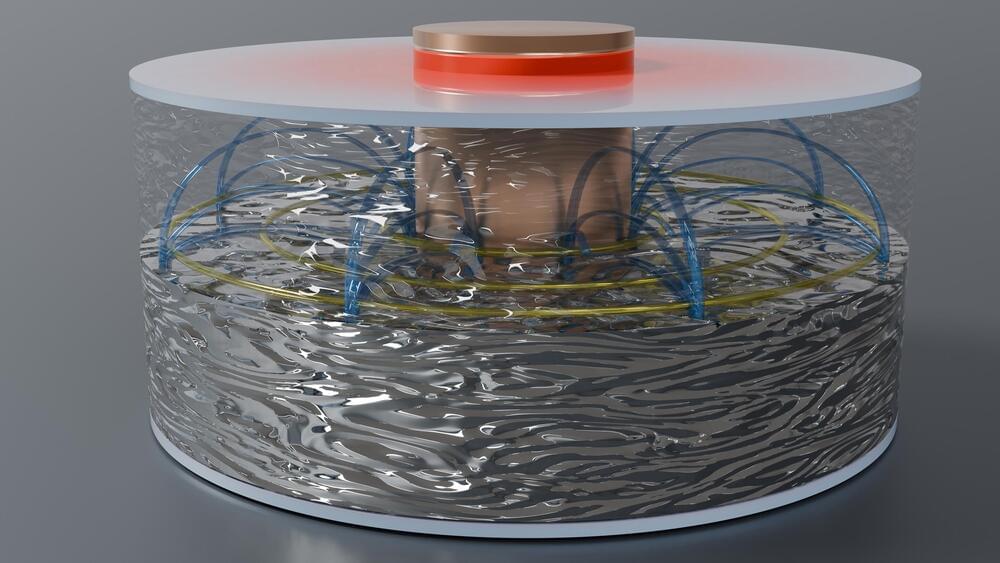
A trio of physicists at Sorbonne Université, in France, has observed a thermoelectric effect between two liquid materials for the first time. In their study, published in Proceedings of the National Academy of Sciences, Marlone Vernet, Stephan Fauve and Christophe Gissinger put two types of liquid metals together at room temperature and subjected them to a heat gradient.
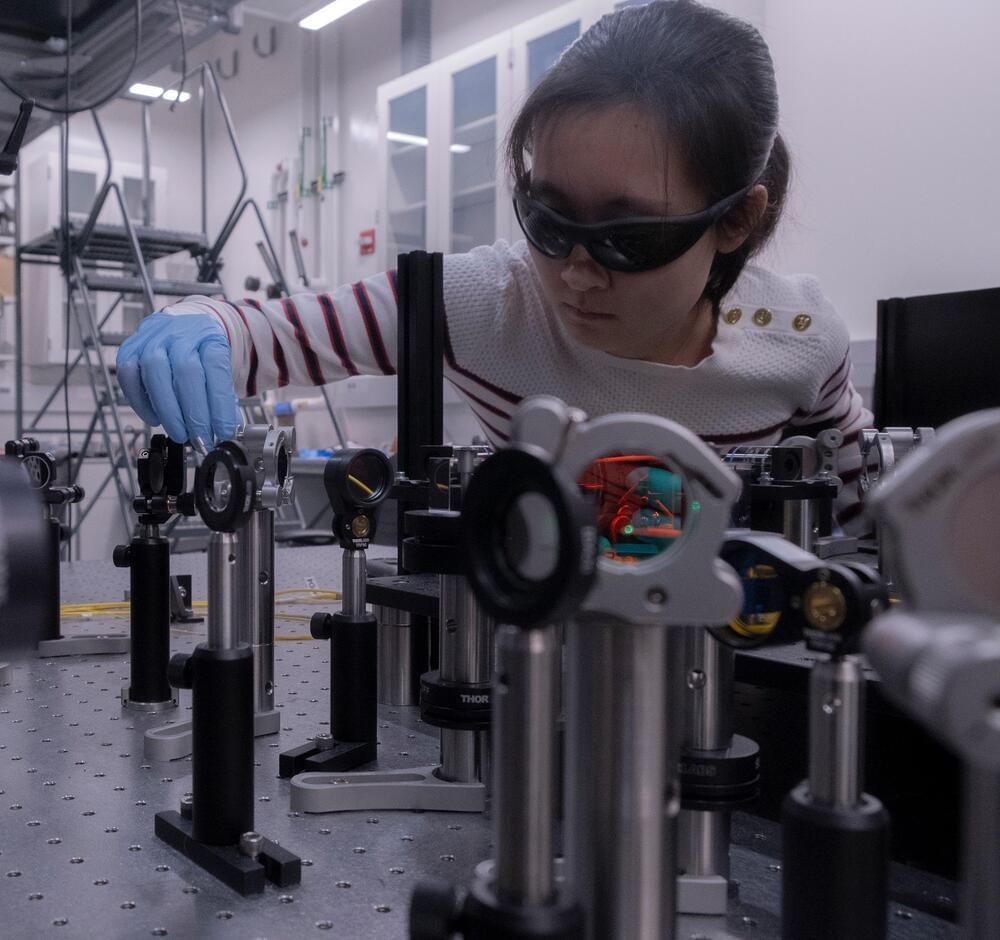
Theory has become practice as new work from the University of Chicago Pritzker School of Molecular Engineering taps diamond defects’ remarkable ability to concentrate optical energy.
Researchers have developed atomic antennas using germanium vacancy centers in diamonds, achieving a million-fold optical energy enhancement. This advancement allows the study of fundamental physics and opens new research avenues. The collaboration between theoretical and experimental teams was essential to this breakthrough.
Atomic antennas: harnessing light for powerful signals.